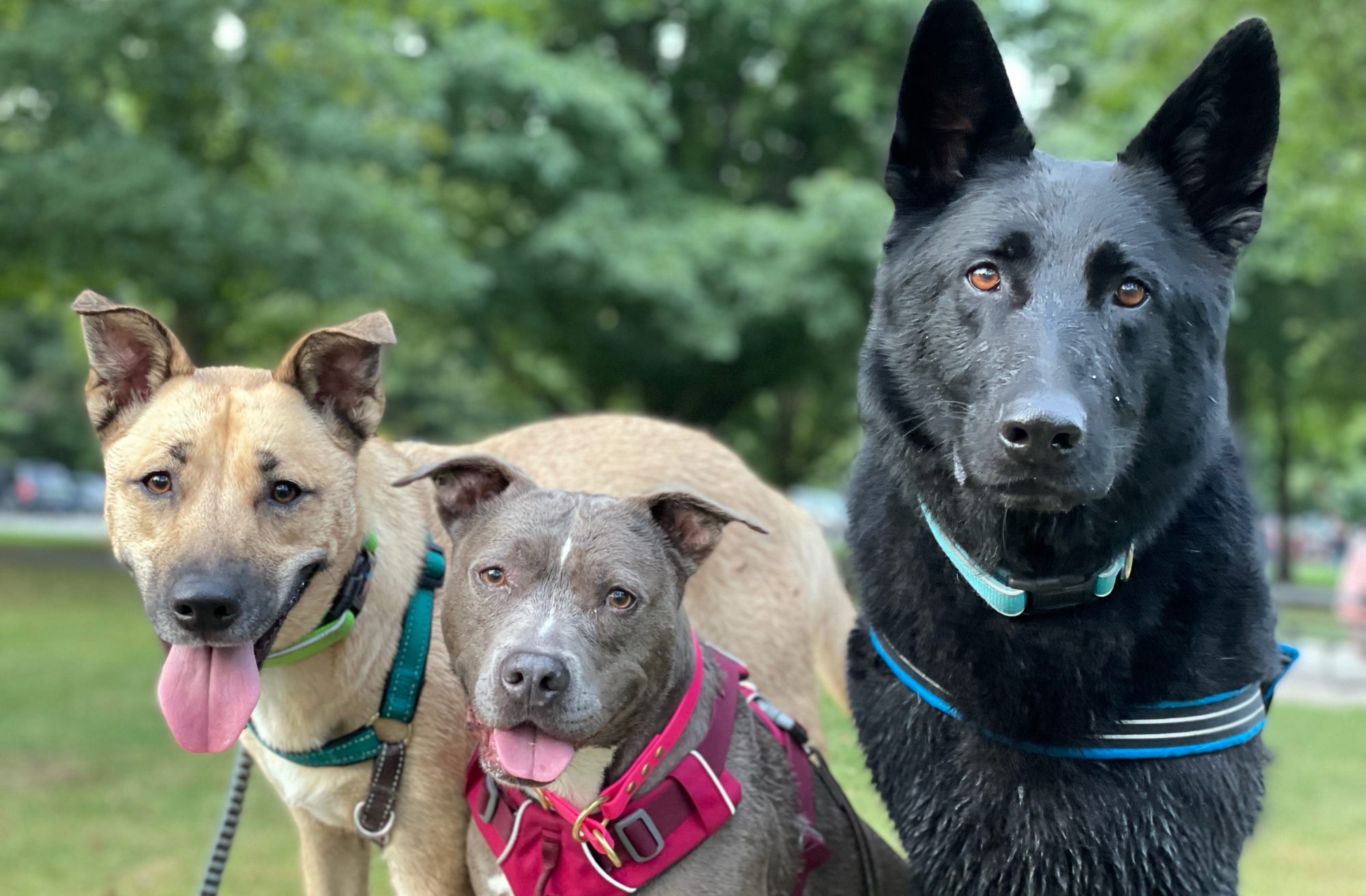This past weekend I attended a behavior conference with lecturer Dr. Sophia Yin. It was a great refresher and rejuvenated my love of training, shaping and behavior modification. One statement sticks out in my mind that Sophia said, “What kind of leader do you want to be? One like Ghandi or one like Castro?” Both are leaders and both get results, but in completely different ways. One becomes a leader by being positive and benevolent, the other becomes a leader through force and fear. To me the answer is simple, I’d rather be a benevolent leader. I’d rather have a relationship with my dog, cat, horse etc. built on trust and not fear.
Twenty years ago there were not many options for people seeking training advice for their pets. Traditional training was the primary option. People were told to be Alpha leaders and show their dog who is boss by any means necessary, which meant Alpha roll overs & shake downs, choke chains, ear pinches etc… Traditional trainers will argue that they are following the same hierarchical system that wolves use and since dogs are descendents of wolves, we should carry out that same hierarchy in our homes. There are a few problems with this theory. First, the wolves originally being studied were not a family unit as you would find in the wild, instead they were individually-captured wolves thrown together, so the behaviors seen by researchers were not ones that would happen between naturally formed packs. In more recent years, researchers have found that wolves living together in the wild function much like human family units. There is not a rigid dominance hierarchy, but rather a flexible social hierarchy. Physical force among wolves is rarely seen. Instead there is a lot of body language and learned behaviors as pups watch closely how the older wolves behave and follow suit. Second, although wolves may be ancestors of our modern-day dog, this does not mean we should follow the structure that wolves use with each other on our dogs. Dogs have been domesticated for over 13,000 years and through those years they have been carefully selected to have behavior traits that don’t exist in wild wolves, such as looking to humans for help and following human body language cues more accurately than even our closet related primate friends do.
Dominance is another BIG word that get tossed around and used way to often in the animal training world. Most of the time it is inaccurately used and defined. So let’s set the record straight. Dominance by definition in behavior terms: Dominance is defined as a relationship between individual animals that is established by force/aggression and submission, to determine who has priority access to multiple resources such as food, preferred resting spots, and mates. Rather than have me explain the fallout with using Dominance Theory in training and behavior modification, I’ll let the American Veterinarian Society of Animal Behavior explain it in their Position Statement.
Here’s an example of what it’s like to be a dog in our world. Let’s say you were in New York city and got into cab. Rather than tell the cab driver exactly where you want to go, you tell the driver everywhere you don’t want to go. It will take forever to get to your destination and, most likely, you and your cab driver will be frustrated. It’s a lot easier to show or tell people and animals what we’d like out of them and not just telling them what they’re doing incorrectly.
For my animal update news: Babe is looking more and more like an Australian Cattle Dog/ Blue Heeler each day. She went to the vet clinic to have her first set of vaccinations and to have her eyes rechecked. I paired her receiving the vaccine with liver treats, so she didn’t seem to notice the prick of the needle. A few hours later, though, she had a lump on her side at the injection site, and I felt awful when I reached down to pick her up and accidentally squeezed her lump, causing her to yelp out loud in pain. I don’t like seeing animals in pain, especially babies! She was pretty tuckered out and slept hard last night. Today she is not quite back up to normal speed, but seems to be well otherwise. Her tear production is not at normal levels yet, so we will continue to put drops in her eyes daily. The vet says it may be a lifetime deal for her. Babe is nearly five pounds now, more than double her weight from a few weeks ago. She continues to work on foundation behaviors, like Sit, Down, Target and Come. Chance attended the conference with me this past weekend and participated in the training lab during the second day. He is truly a clicker trained dog, so doing shaping exercises with him is very fun!
At home, I am going to implement the Learn to Earn program with Emma and get her back into training shape! In the meantime, we still like to have fun with enrichment. Babe has learned to use food enrichment toys and Emma loves her “flirt pole” workout and playing with giant balls (out of context, that could sound very bad)!
[youtube id=”JWoAZM_WTKY”]
[youtube id=”jnH7Auj5H4M”]
[youtube id=”03mKj-ImMu4″]

